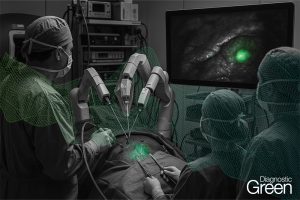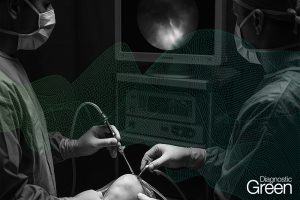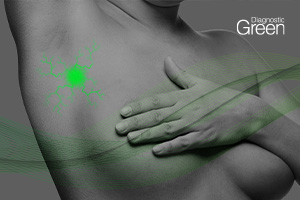Objectives: The blood supply of the transposed jejunum was assessed by ICG fluorescence imaging in jejunal interposition, and the correlation with anastomotic leakage or transposed jejunal necrosis was analyzed, aim to explore the value of the application ICG fluorescence imaging technology.
Methods: 84 esophageal reconstructions with jejunal interposition without supercharging were retrospectively analyzed. Intraoperatively, the blood supply of transposed jejunal was observed using ICG fluorescence endoscopy. ROC curve of T1/2 was constructed to calculate the corresponding T1/2max value of the region where the transposed jejunal want to be anastomosed with esophageal stump, the relationship between T1/2max value and anastomotic leakage or transposed jejunal necrosis was analyzed.
Results: The occurrence of anastomotic leakage and transposed jejunal necrosis was 9.5%, In the ROC curve, the maximum value of the Youden index was 0.691, the T1/2max value was 5.35 s. When T1/2max value > 5.35 s correspondingly, the probability of anastomotic leakage or transposition jejunal necrosis was 33.3% (7/21); when T1/2max value ≤ 5.35 s, the probability of anastomotic leakage or transposition jejunal necrosis was 1.6% (1/63). The difference between the two groups was statistically significant (P < 0.05).
Conclusion: ICG fluorescent imaging can effectively assess the blood supply of transposed jejunum. When T1/2max > 5.35, the possibility of the incidence rate of anastomotic leakage or transposed jejunum necrosis increases, this will remind the operators to take corresponding remedial measures during operation.




